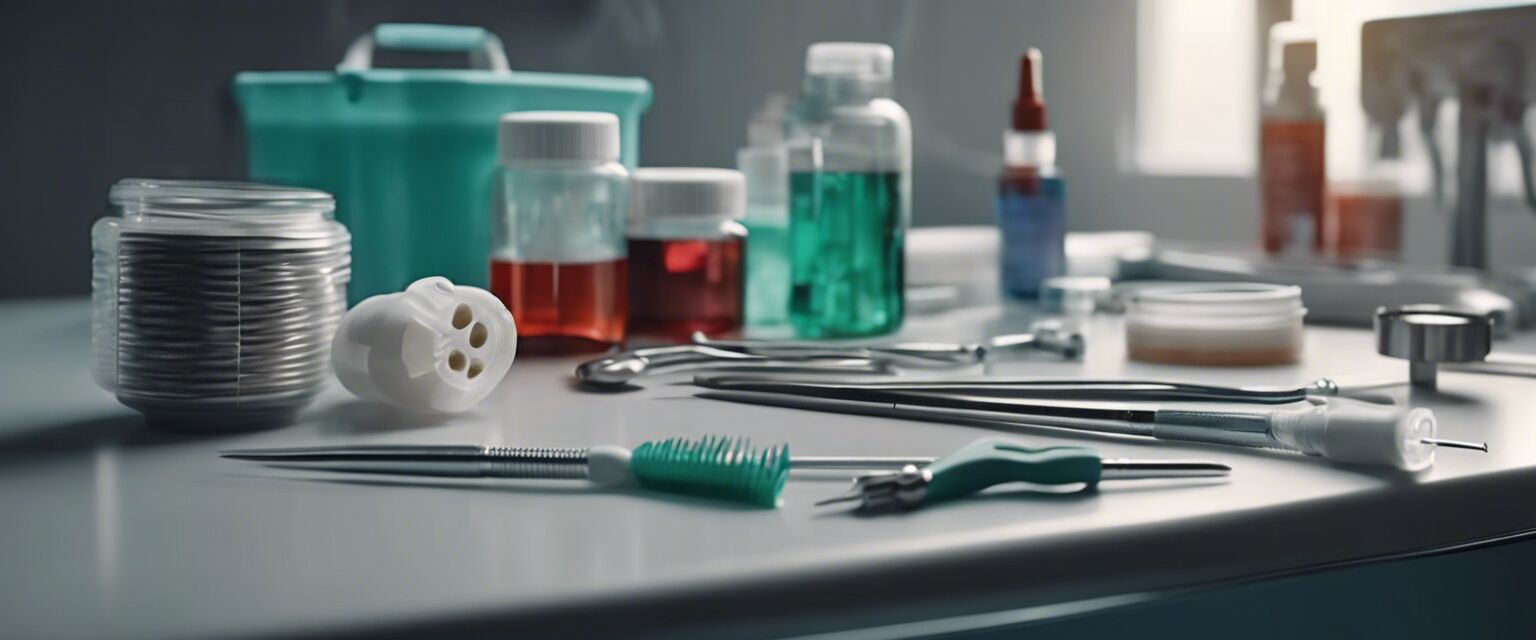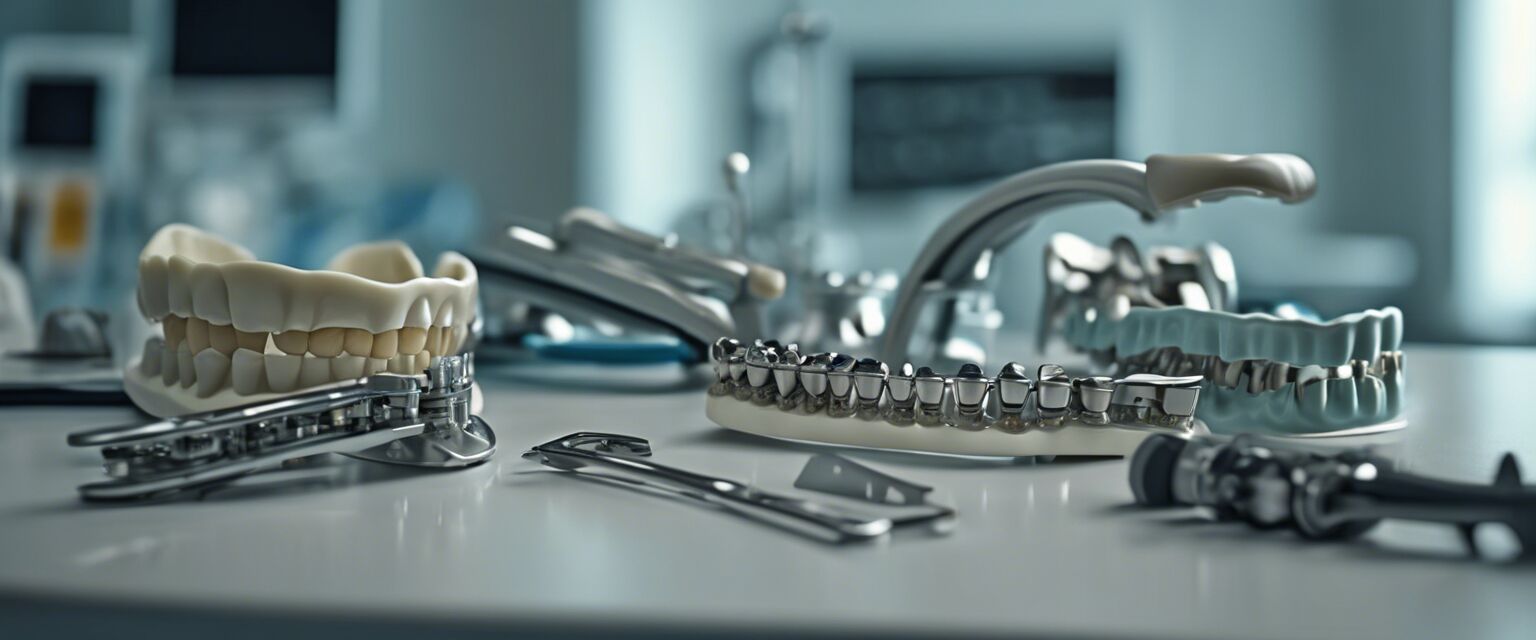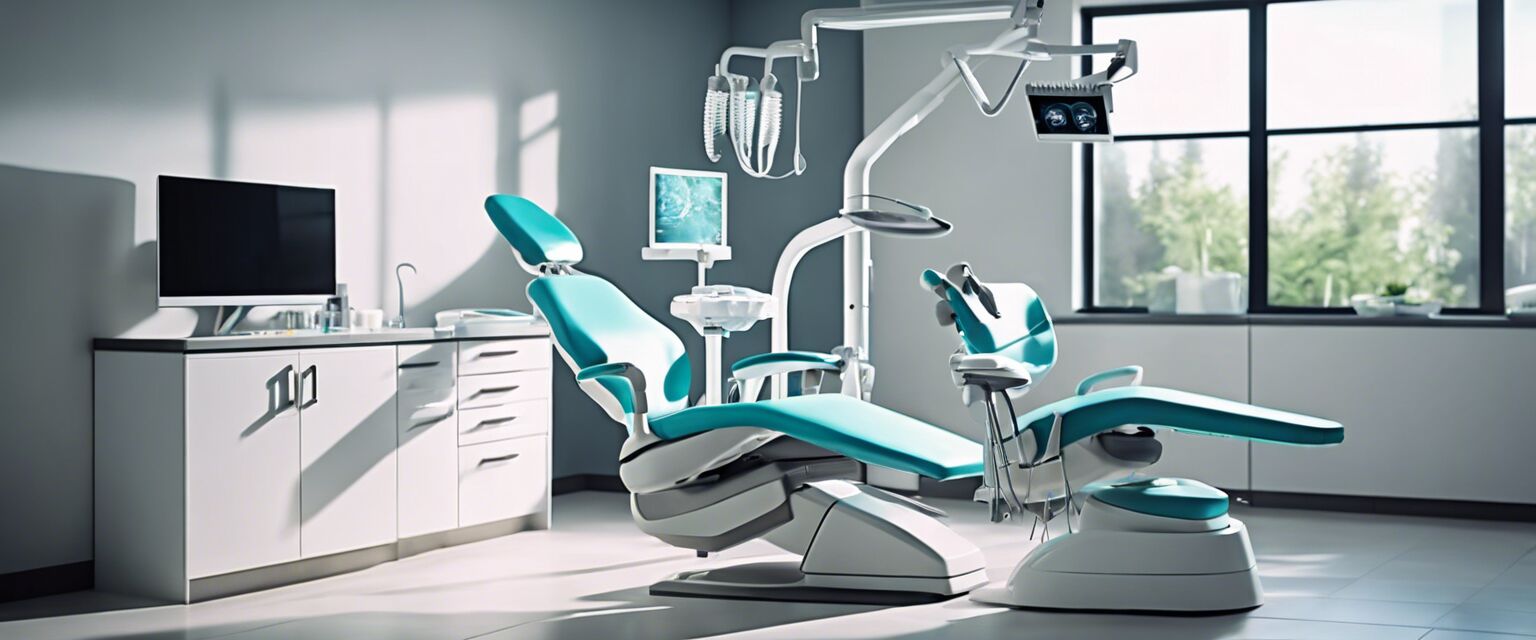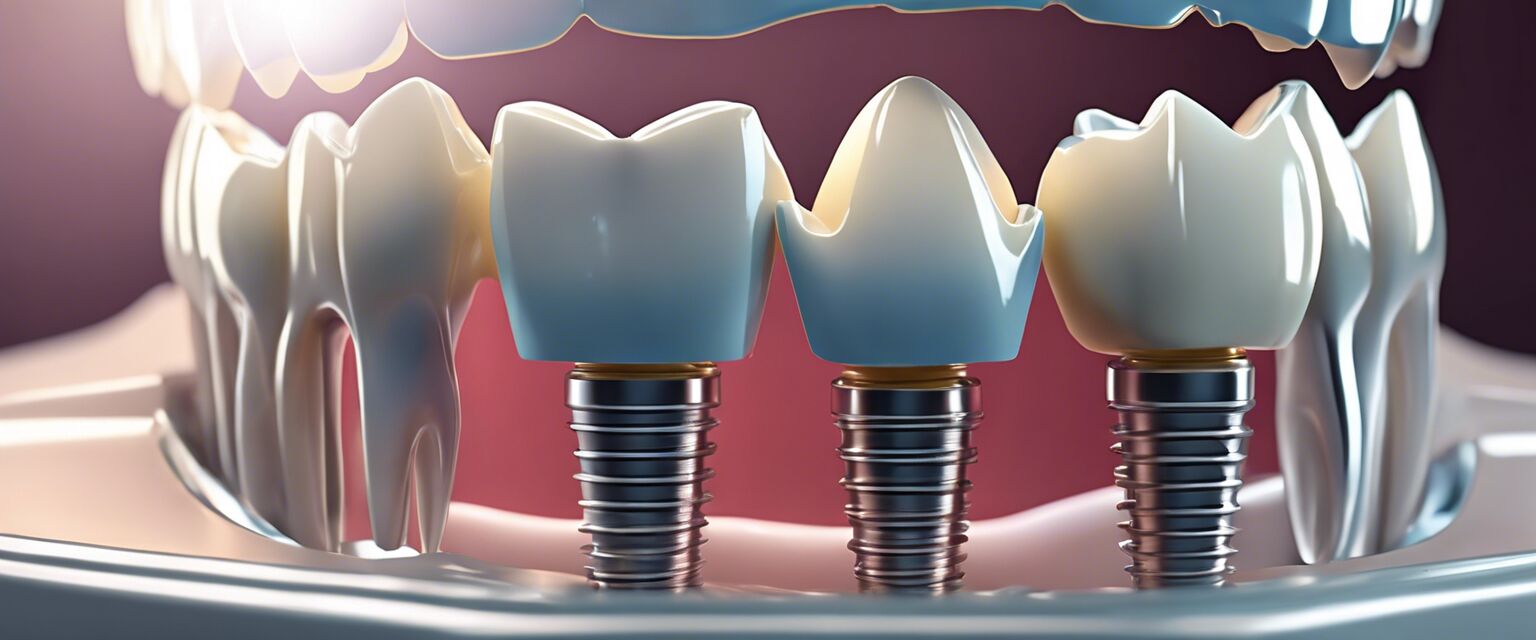
Restorative Dentistry
Key Takeaways
- Restorative dentistry focuses on repairing and enhancing your smile.
- Common treatment options include fillings, crowns, and bridges.
- It's essential to identify the right procedure for your unique dental needs.
- Consultation and routine check-ups are crucial to maintaining oral health.
Restorative dentistry is a vital aspect of dental care that addresses various dental issues. It not only focuses on restoring the functionality of your teeth but also improves your overall appearance. In this guide, we will explore the different restorative treatment options available, their benefits, and what you can expect during the process.
What is Restorative Dentistry?
Restorative dentistry encompasses multiple procedures aimed at restoring the structure and function of damaged or missing teeth. This branch of dentistry plays a key role in improving not only how your teeth function but also how you feel about your smile.
Common Restorative Procedures
- Fillings
- Crowns
- Bridges
- Dentures
- Implants
Fillings: Repairing Minor Damage

Fillings are used to repair cavities or minor damage to a tooth. During this procedure, the decayed part of the tooth is removed, and the cavity is filled with dental materials such as composite resin, amalgam, or glass ionomer.
Benefits of Fillings
- Quick and effective solution for tooth decay.
- Improved functionality of the affected tooth.
- Prevents further decay.
Crowns: A Cap for Strength and Support
Crowns are dental caps placed over a damaged tooth to restore its shape, size, and strength. They are typically used when a tooth has undergone significant decay or has been damaged due to trauma.
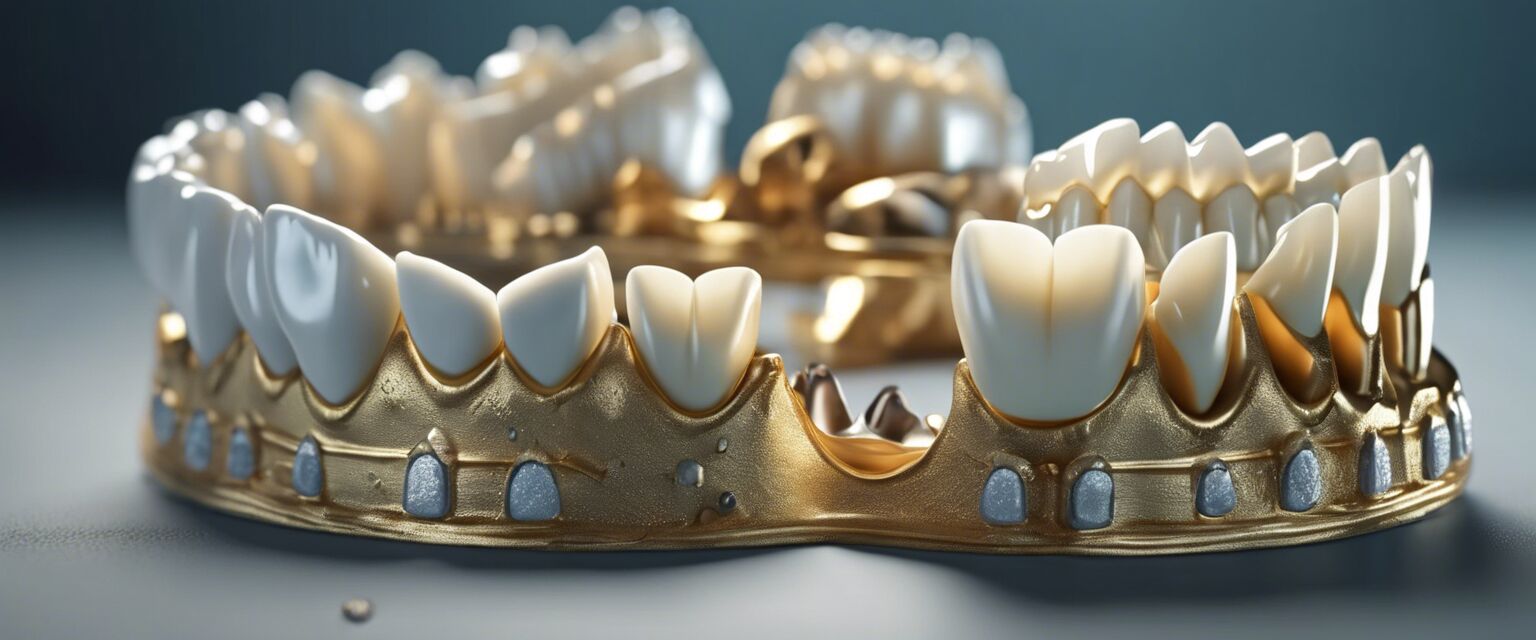
Advantages of Crowns
- Restores the appearance of the tooth.
- Provides protection to weakened teeth.
- Can hold dental bridges in place.
Bridges: Filling the Gap
Dental bridges are used to replace one or more missing teeth by anchoring a false tooth (pontic) to the adjacent teeth (abutments). This method is highly effective in restoring the smile.
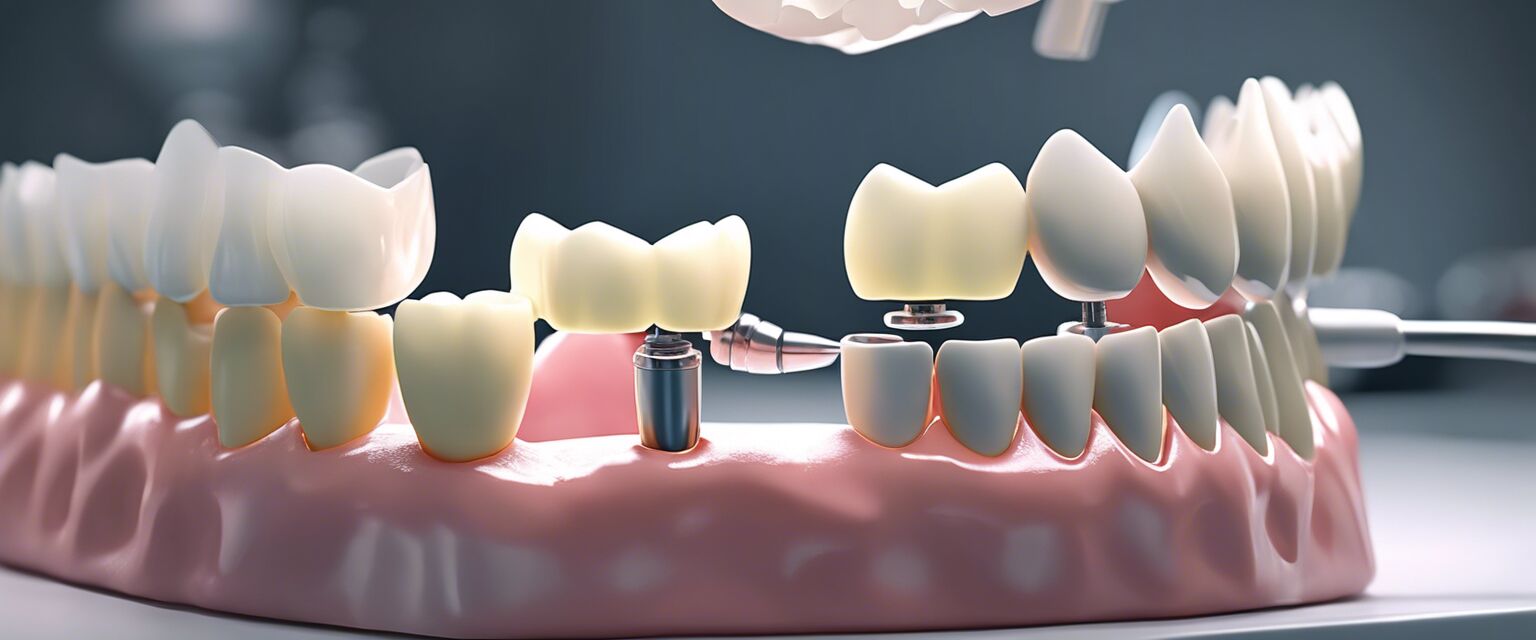
Benefits of Bridges
- Prevents remaining teeth from shifting.
- Restores your ability to chew properly.
- Enhances the aesthetic appeal of your smile.
Dentures: A Full or Partial Solution
Dentures are removable appliances that can replace missing teeth and help restore your smile. They can either be complete (full) or partial, depending on your needs.
Types of Dentures
- Full dentures
- Partial dentures
- Implant-supported dentures
Dental Implants: A Permanent Option
Dental implants involve placing a titanium post into the jawbone, acting as a root for a missing tooth. They provide a stable and long-lasting solution for tooth loss.

Advantages of Dental Implants
- Highly durable and can last a lifetime.
- Look and feel like natural teeth.
- Promotes bone health by stimulating the jawbone.
Choosing the Right Option
Choosing the right restorative treatment can be overwhelming, but a qualified dentist can guide you through the options based on your specific dental needs and preferences. It's important to schedule a consultation to discuss:
- Your dental health history.
- Current oral health status.
- Financial aspects and insurance coverage.
Prevention and Maintenance
After undergoing restorative procedures, maintaining good oral hygiene is crucial to ensure the longevity of your treatment. Here are some essential tips:
Beginners Section: Tips for Oral Hygiene
- Brush your teeth at least twice a day.
- Floss daily to remove plaque from between teeth.
- Visit your dentist regularly for check-ups and cleanings.
- Avoid sugary foods and drinks that can lead to decay.
Conclusion
Restorative dentistry is an essential part of maintaining your oral health and enhancing your smile's appearance. Whether you need a simple filling or a complex implant, there are various options to suit your needs. Regular dental appointments will ensure your restorative work lasts and that your smile continues to shine!
Pros
- Improves functionality and comfort.
- Enhances the aesthetic appeal of your smile.
- Provides a solution for missing or damaged teeth.
Cons
- Restorative procedures may require multiple visits.
- Costs can vary based on the type of treatment.
- Some procedures may involve discomfort during recovery.
Further Resources
To learn more about restorative dentistry, check out these related pages:

